Advanced Search
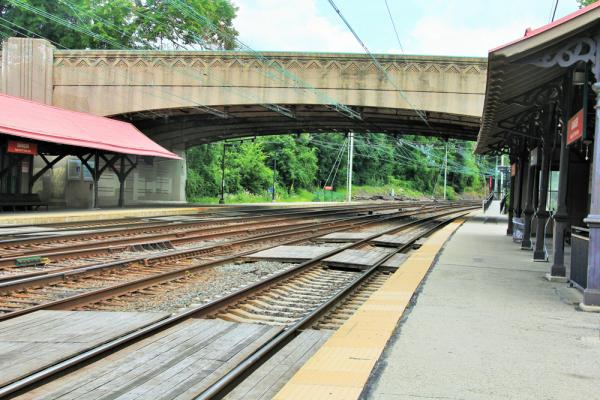
View north from Overbrook Station, at City Line Avenue. The Pennsylvania Railroad opened this station ca. 1860 and renovated it in the 1890s. Today, the station and tracks are part of SEPTA’s Regional Rail system.
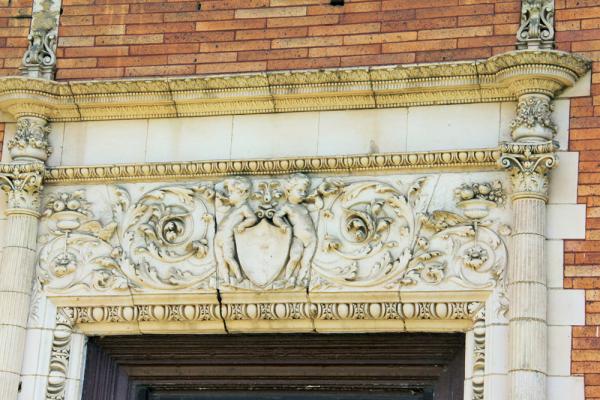
Italianate ornamentation on the first—still existing—commercial building in the Overbrook Farms business district, which straddled 63rd Street above Lancaster Avenue. Lafferty’s Market opened in this building in 1894. The turn of the last century saw a rapid expansion of the business district.
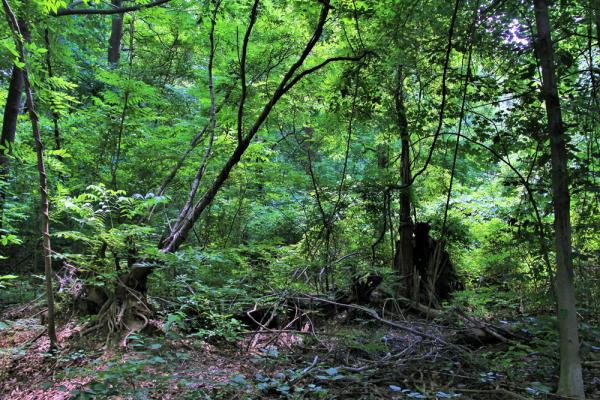
Dense woodland in Morris Park, parkland donated to the City by the Wistar Morris Estate in 1911, today part of the Fairmount Park system.
Photo by John Puckett
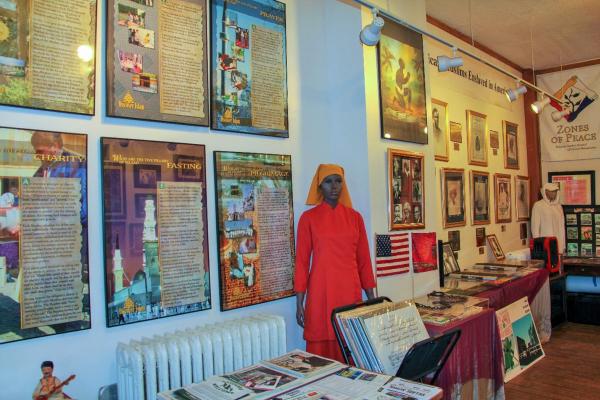
Display at the New Africa Center’s Muslim American Museum & Archive, at 4243 Lancaster Ave., whose founder and curator Abdul-Rahim Muhammad is also founding director of the Islamic Cultural Preservation and Information Council, or ICPIC. Mr. Muhammad was a young child when Malcolm X spoke at Muhammad Temple of Islam #12.
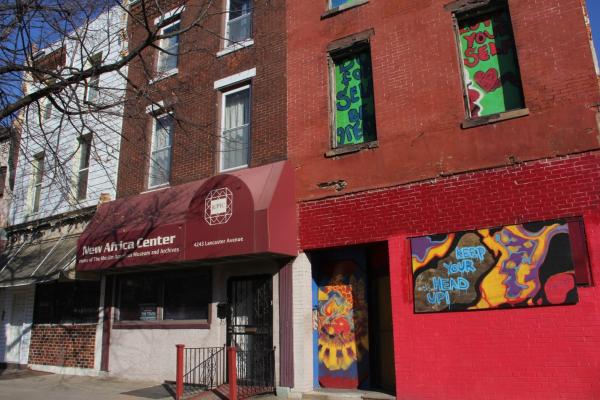
West Philadelphia’s New Africa Center, 4243 Lancaster Ave., home to the Muslim American Museum & Archive. Abdul-Rahim Muhammad is founder and curator of the museum. A lifelong resident of the Belmont neighborhood, Mr. Muhammad led the initiative behind the Pennsylvania Historical and Museum Commission markers on Lancaster Ave. commemorating 1) Muhammad Temple of Islam #12, Pennsylvania’s first Nation of Islam temple, where Malcolm X lectured and enforced Elijah Muhammad’s code of conduct; 2) Dr. Martin Luther King Jr.’s 1965 “Freedom Now Rally.” At this writing (fall 2022), the New Africa Center is the hub for organizing a rebranding of Belmont as the “New Freedom District” dedicated to historical and cultural preservation to honor Black freedom struggles and civil rights landmarks, as well as architectural renewal and retail development in the neighborhood.
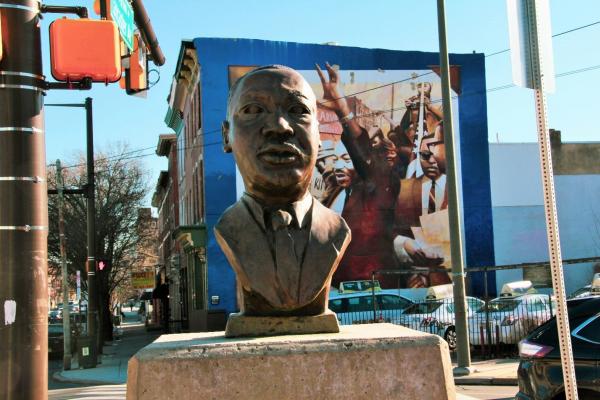
Bust of Dr. Martin Luther King Jr. fronting Philadelphia Mural Arts Program mural of the 1965 “Freedom Now Rally.” The location is 42nd & Lancaster.

Site of Dr. Martin Luther King Jr.’s “Freedom Now Rally” at 42nd and Lancaster. The Pennsylvania Historical & Museum Commission erected the marker in 2010.
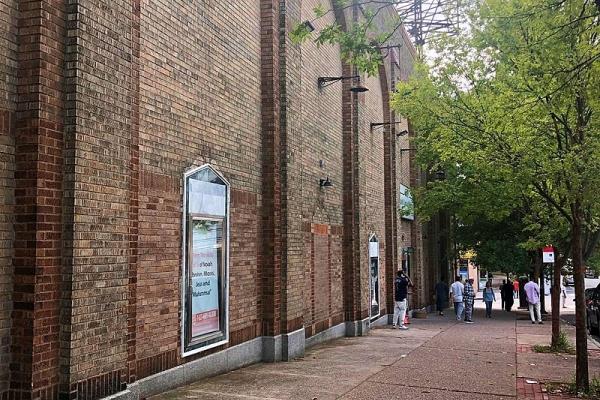
Sunni Islam mosque, Masjid Al-Jamia, at 4228 Walnut Street, founded in 1988 by Muslim Students Association at the University of Pennsylvania.
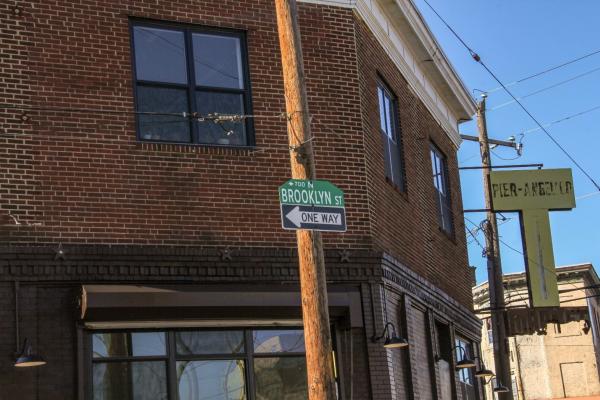
Muhammad Temple of Islam #12 site, looking west from the intersection of Brooklyn St. and Lancaster Ave. This brick building was home to Muhammad Temple of Islam #12, 4218 Lancaster Ave. from 1957–63. It was one of ten Nation of Islam temples founded or reenergized by Malcolm X.

Malcolm named himself the principal minister of Temple #12 in 1954, when the temple was in North Philadelphia, which he reenergized by enforcing draconian standards. From 1957–63, Temple #12 occupied a brick building at 4218 Lancaster Ave. The Pennsylvania Historical and Museum Commission installed this historic marker at the site in 2016.
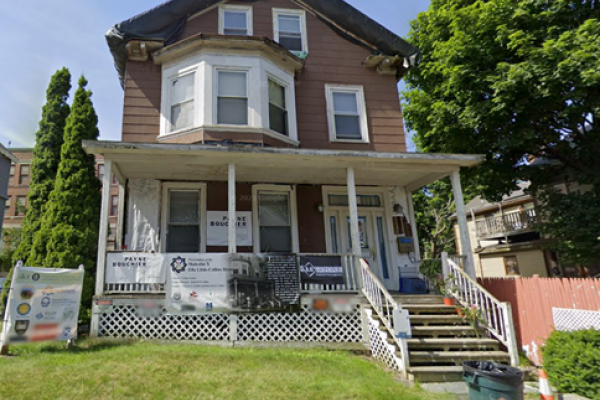
Ella Little Johnson, Malcolm X’s older half-sister from Georgia, purchased this house at 72 Dale Street, in Boston’s Roxbury neighborhood, where she moved in 1941 as part of the Great Migration. In that year, the formidable Ella took Malcolm under her wing and her home became Malcolm’s primary residence until 1944. Malcolm was first exposed to Islam in Roxbury, where, following his prison conversion, he would establish a temple of the Nation of Islam in 1953. Ella married Kenneth Collins in 1942—thereafter she was Ella Little-Collins. The house is listed on the National Register of Historic Places.
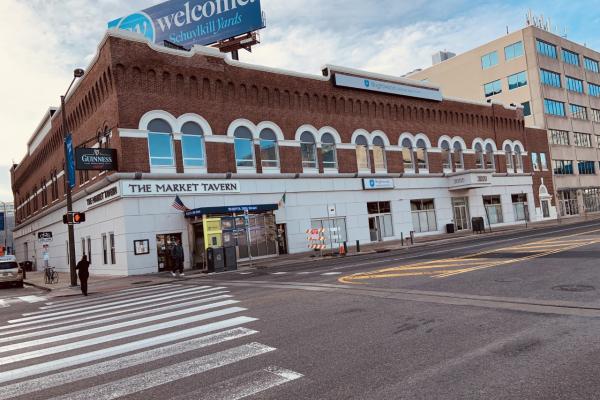
Today this building, which was once the D.M. Martin Co.’s Philadelphia slaughterhouse, is home to business offices and a popular tavern, one among several restaurants that have used the building in recent years. It stands on the southwest corner of busy Market St. catty-corner to Amtrak’s 30th St. Station.